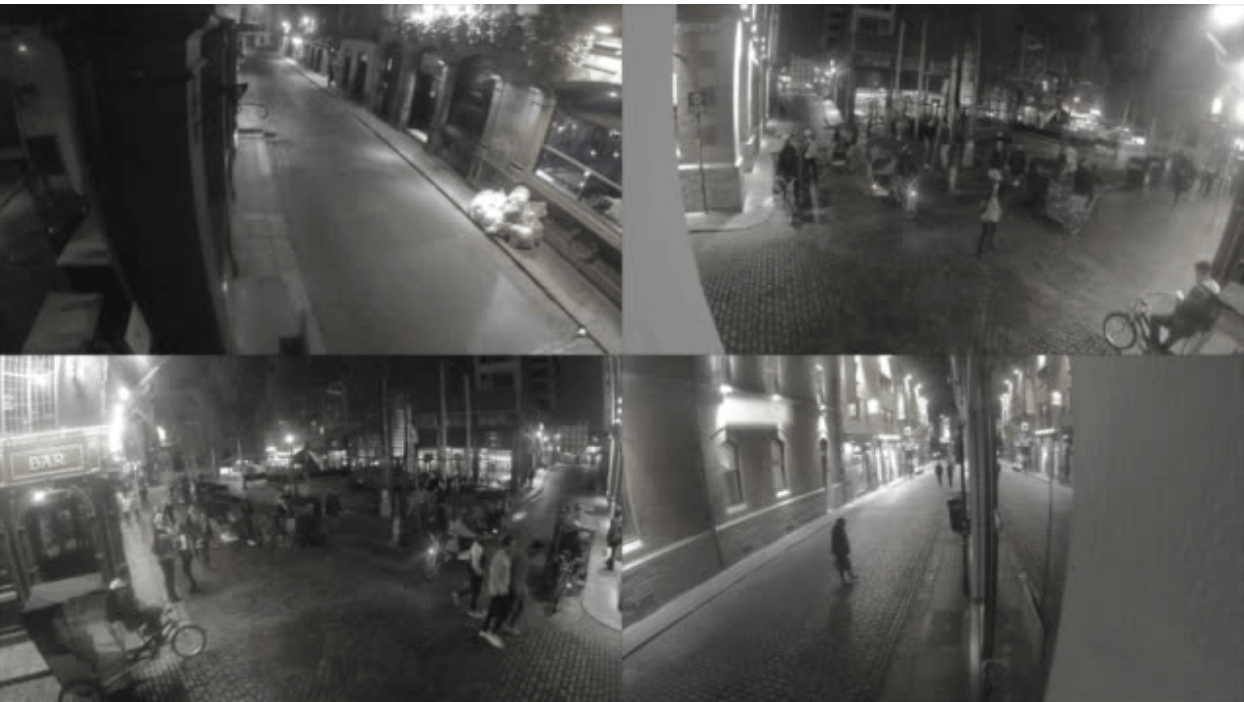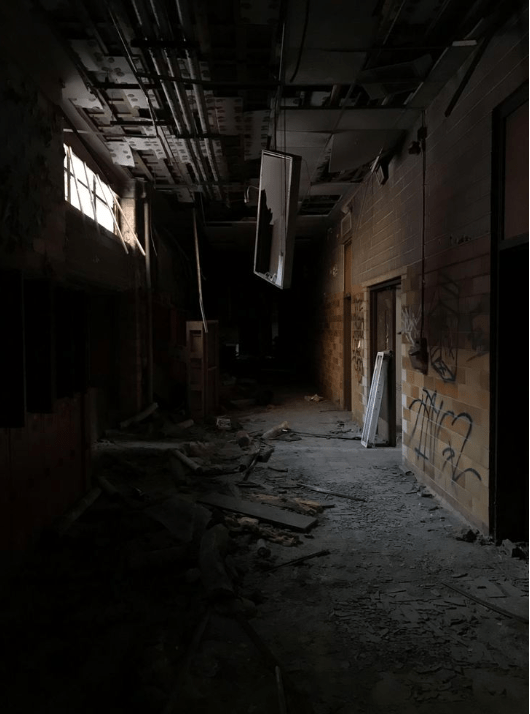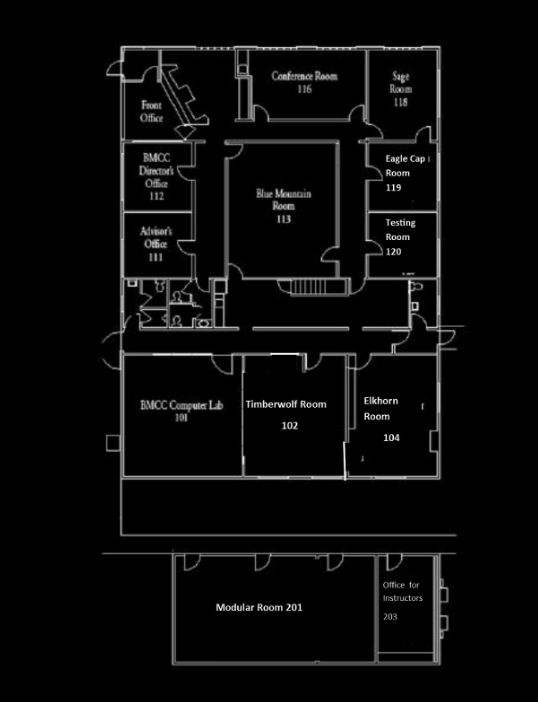Synopsis/Story
The game is an escape room where players have to find their way out of a school to avoid getting captured by zombies.
Our protagonists, the players, are students at Cherry Heights High School. On Friday after school, our group stayed back for three hours to catch up on an assignment for Spanish club. Suddenly, all the lights turn off and there are shrieks from people outside. In panic, they hide in the class closet for an hour. As the cries calm down, they slowly get out of the closet, fear coursing through their veins. Suddenly, they hear a bang on the door, and they know that their luck is about to run out. They need to find an escape route out of this school… but the door of the room is not opening.
She must figure out a way to save herself using clues in her surroundings
Moodboard
With this game, we are going for a dark, tense tone with high stakes and high pressure. We want our players to feel the pressure and feel immersed in the situation through our design choices, including effective imagery and sound effects. By combining mystery challenges with timed challenges, we hope to encourage an exciting and stimulating gameplay experience without necessarily relying heavily on explicit visual gore or horror.



Gameplay:
Our core gameplay goal is to escape the school before the zombies catch the players. By solving different challenges based on their location and environment, players will be able to access new rooms and find a way out.
The challenges will involve a mix of both analog (physical kit) and digital components (website). Some of the mechanics we are considering are:
- Players must melt candle to reveal a hidden clue
- For example, players enter a room that is pitch black and must use their only light source (in the kit) to see what’s around them. We were thinking of adding some sort of riddle that suggest that time must pass before they can move on to the next room. As the candle melts a small piece of paper is revealed with a code/clue to open the next door.
- Map of building + translucent cards with lines
- The idea is that players must put the translucent cards over the map of the high school, or the website (depending on if we make the map physical or digital), to figure out the best paths to escape. Additionally, by having this physical path, players can in a way pick their own adventure as they determine which rooms/challenges to go through. This makes the game replayable as they can pick a different path each time. For our project we plan on making a slice of the entire game, meaning just one path out of the high school.
- Roster with high school students + lockers
- If the players chose to go through the locker room, one possible way out is to find a hidden item in one of the student’s lockers (for example a hammer or wrench to open the next door). By giving them a riddle, we can guide players to a specific student on the physical roster in the kit. This roster will contain some information about the student, some of which will help open the locker (birthday = code for example)
- Hiding a QR code in plain sight
- Players will enter a black and white photography “room” and look for clues. They will find hints to know they have to use their camera to look around. Students will scan the QR code and find the code for the exit of the room.
- Spot the Difference
- In the yearbook committee room, the students will see a couple of identical photos, each with a different date on them. The correct date will unlock the door to leave the room, but they have to find the picture that is different.
- Leave a message on a jigsaw puzzle
- The code to leave the room has been separated into several pieces. In order to retrieve the code, they must put the puzzle back together in the correct order.
Challenges for design:
Combining Analog and Digital components
Our game combines both physical and digital (website) components. We don’t want these to seem attached or forced. We want players to use them together to escape the high school. An idea we had to solve this issue was to include some physical components that must be placed on the website interface to show a hidden path or clue (for example translucent cards with cutouts that show an optimal path out). Additionally, we will make elements in the kit correlate to each specific room displayed on the website. Players should be able to easily intuit which physical element they must use for each challenge. For example, a student roster will be included in the locker room.
Being Scary/Engaging/simulating zombie apocalypse
A big challenge with this is getting the pacing of the game right. We don’t want the game to seem too rushed as players might get frustrated and stop playing. However, we do want them to feel a slight urgency to escape. A way we thought of doing this was adding some “time crunch” challenges, such as zombies breaking into the room where the players are so that they are forced to make a move in a very short period of time. By balancing this with other slow-paced rooms/challenges, we plan on making the game scary yet engaging. In terms of design, we also thought of including sound effects for each room that remind the players of what is happening around them: zombies have taken over the school and are getting closer. We don’t want our game to be triggering so we will try to not rely on visual gore and instead focus on sounds and lighting.
Making challenges “completable” for non-experts
One of the challenges we face in design is preventing burnout and boredom. Given this is an escape room where players confront obstacles such as puzzles, if we create these challenges within the game for players that are too difficult or too easy, we would either need to implement mechanics to allow players to adjust the difficulty, or we would need to alter the obstacles themselves. If players cannot overcome an obstacle, they will become burned out; if they solve everything too quickly, the game loses its challenging component.
As mentioned in “Tuning Game Systems” by Dan Cook, we plan to thoroughly test our obstacles to remove loopholes or confusion that could cause players to argue or lose interest. We would then test to make sure that the challenges are fair, per the opinion of the game development team. Once we can ensure both that the challenges are completely fleshed out and fair, we will playtest with players outside the design process to ensure appropriateness for the majority of players in our target audience.
We are currently avoidant of adding multiple difficulty levels, simply because that could complicate the game further despite us being at a nascent stage of game development. One option we think could be interesting to implement would be to include hints for users so that when they do get stuck, these hints can help them move forward in the game.
Challenges for Tech:
Since we are making a game that is both digital and analog while trying to make both parts interact in a meaningful way, there is a risk that we attempt to over-engineer the digital aspect. We have web development experience on our team, however, we are currently not sure to what extent we want to build out the online part of our game: it seems easy for us to fall down a rabbit hole of adding features and figuring out that within the time framework this game, we cannot program or implement all of them in a well-functioning manner.
Therefore, our plan is to start out simple and try to see what tools we absolutely need to incorporate, development-wise, to make our digital portion enjoyable and robust. This means we plan to embark on prototyping with Scratch, Figma, and other tools to finalize what we want to build exactly before diving into full-stack development or Unity implementation. Lastly, we also think that there could be easier ways to develop the digital portion without sacrificing user experience or countless hours of programming that we would like to explore such as Python game libraries/engines that we can build off of quickly.
Challenges for Art:
Some challenges for art that may arise is how do we create a game that relies mainly on the UI/UX and the narration to provide a fear element. After taking the videos how can we edit them to have a mysterious and scary feel to them? How to balance the game by ensuring it is scary and engaging without necessarily relying on visual gore. How do we rely on an individual’s imagination to fill in the gaps for fear?
Who is this for?
This game is intended to be played by a group of friends (anywhere from 3-6 people) and for ages 13+. Younger players that are in high school/college might especially enjoy the game because of the high school setting, but players of all ages will enjoy the high-stakes nature and the fun of solving puzzles in a team. Since the game will be more of a take-home kit that utilizes a laptop, players can get together and play the game whenever and wherever they want!
Individual Checkpoints:
Tomas:
Nicole:
Dilan:
Graciela
Labib:


